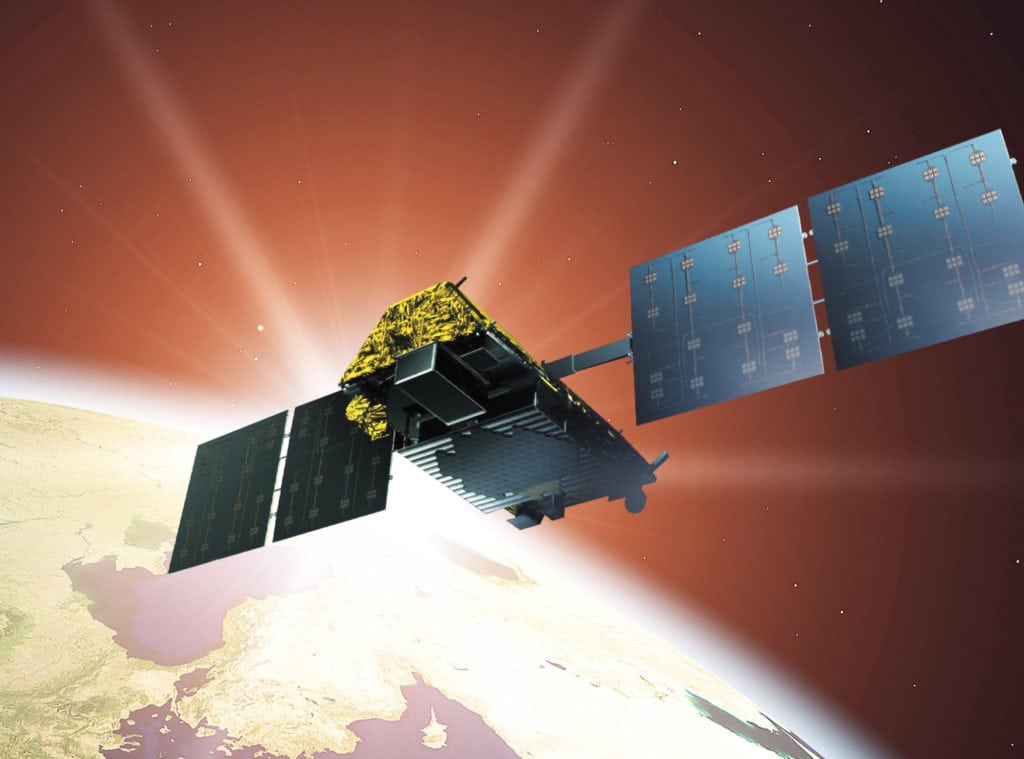

The satellites have a launch mass of approximately 860kg, and the spacecraft supports the integration of a hosted payload of up to 50kg in weight. “The satellite is equipped with sophisticated on-board processing hardware and software, including regenerative processing payload with the on-board processor.”Įach of the Iridium Next satellites can carry a single 48-beam transmit / receive L-band phased array antenna, a Ka-band feeder link and cross-link antennae, and 2,000W two-axis solar array wings. The payload-to-bus integration of the first Iridium NEXT satellite was completed in June 2015. Primary design reviews of the system were completed in the second quarter of 2012, while the space segment was completed in March of the same year and was followed by a critical design review (CDR) of the satellite network system in October 2013. International Space Company (ISC) Kosmotras was awarded a supplementary launch services contract in June 2011, in order to launch the Iridium NEXT satellites on board the Dnepr launch vehicle. Thales Alenia Space signed an agreement with the Orbital Sciences Corporation for systems integration along with testing of communications payloads and platforms for the Iridium NEXT satellites, which were manufactured by Thales in January 2011. Space Exploration Technologies (SpaceX) was awarded a $492 contract in June 2010 by Iridium Communications in order to supply 70 Iridium NEXT satellites for use on board the Falcon 9 launch vehicle. The €1.7bn ($2.2bn) full-scale development contract between Iridium and Thales Alenia Space was finalised in October 2010. Thales Alenia Space was selected as the prime contractor to design, build and integrate 66 operational satellites, as well as six in-orbit and nine ground spares for the Iridium NEXT constellation in June 2010. The system requirements review for the constellation was concluded in the first quarter of 2009. The Iridium NEXT programme was initiated by Iridium Communications in 2007. The satellite constellation is intended to offer higher bandwidth and data speeds, allowing Iridium to cater to the growing demand for worldwide mobile communications. Each satellite is designed to deliver a service life of 15 years. The first ten 66-satellite low-earth orbit (LEO) constellation spacecraft were launched in January 2017, while the remaining spacecraft were scheduled for launch by 2018. It will become the world’s largest commercial satellite constellation upon its scheduled completion in 2018. Iridium NEXT is a second-generation global satellite constellation being developed by Iridium Communications. Credit: Iridium Communications.Įach satellite in the Iridium NEXT constellation is cross-linked to other satellites in the constellation. The first ten Iridium NEXT satellites were launched in January 2017. Iridium NEXT is a 66-satellite low-earth orbit (LEO) constellation.


 0 kommentar(er)
0 kommentar(er)
